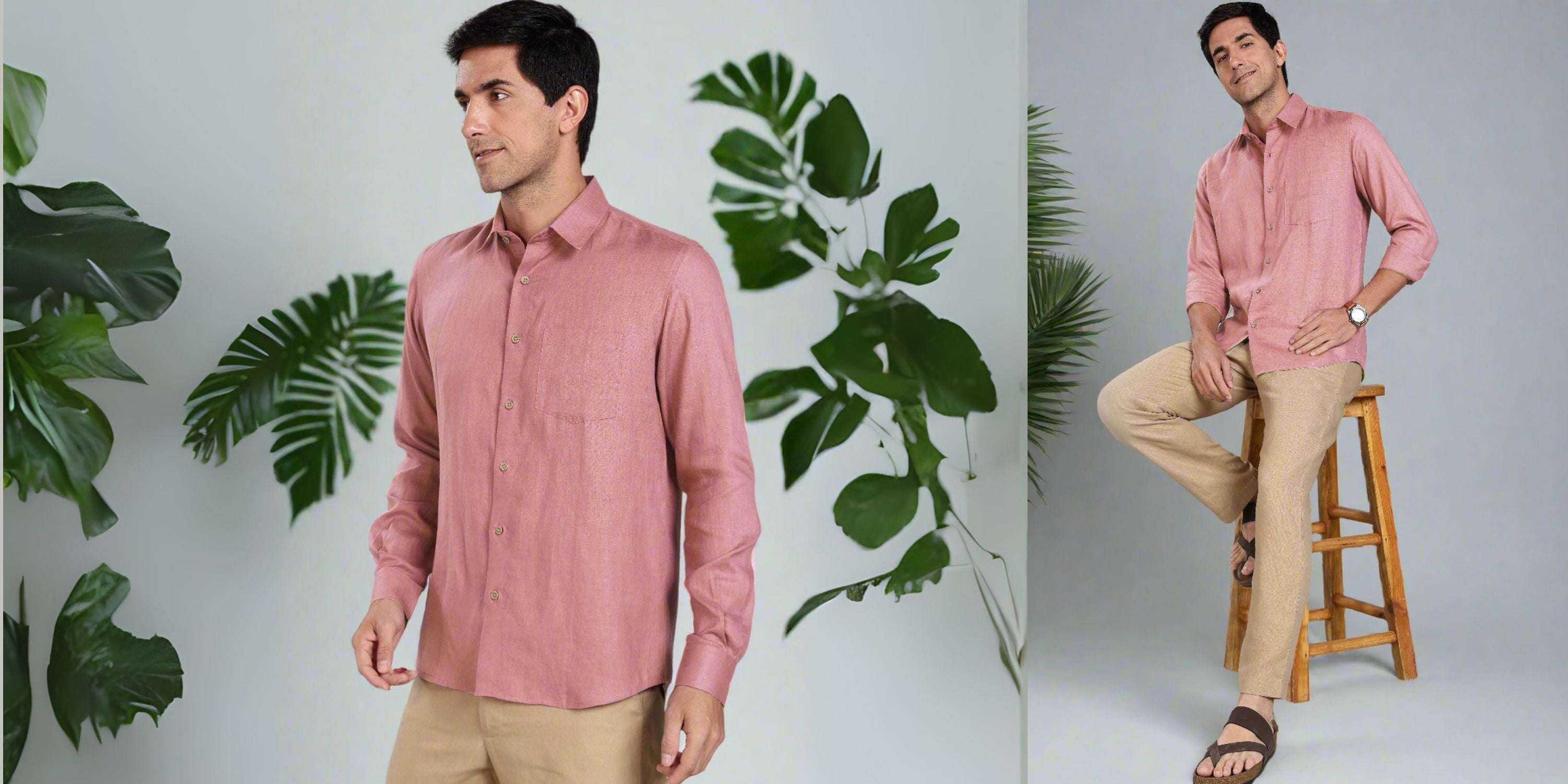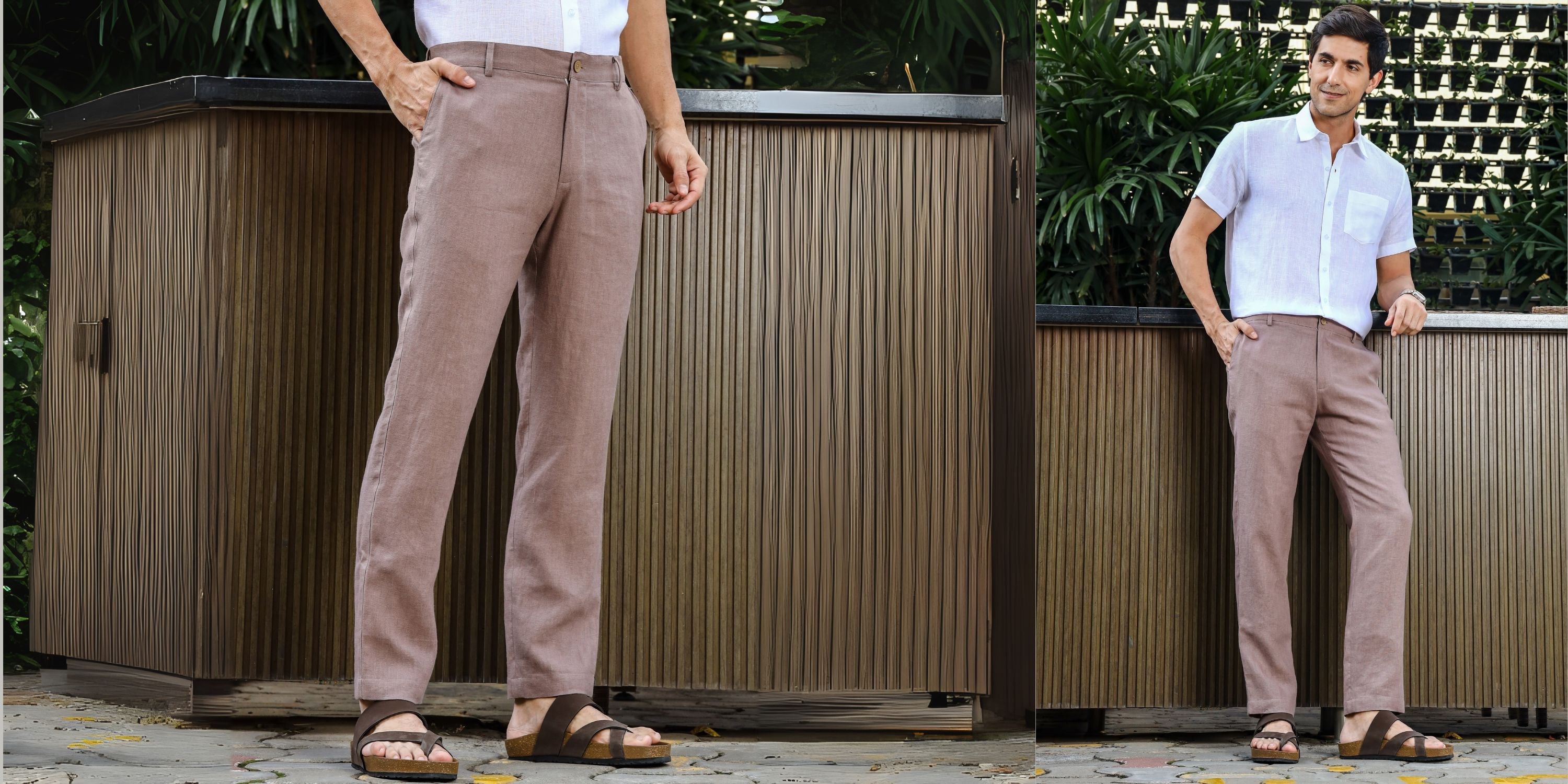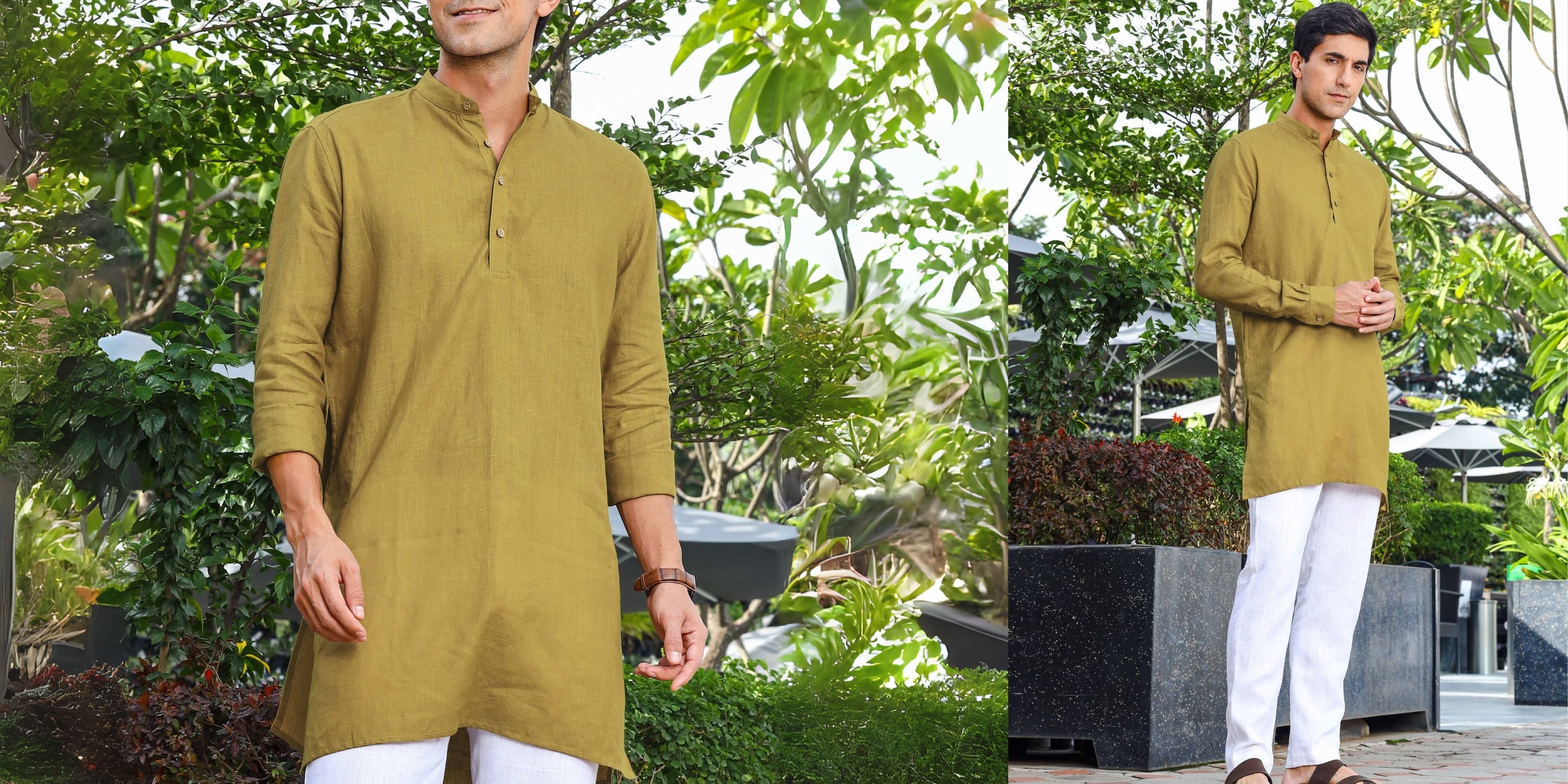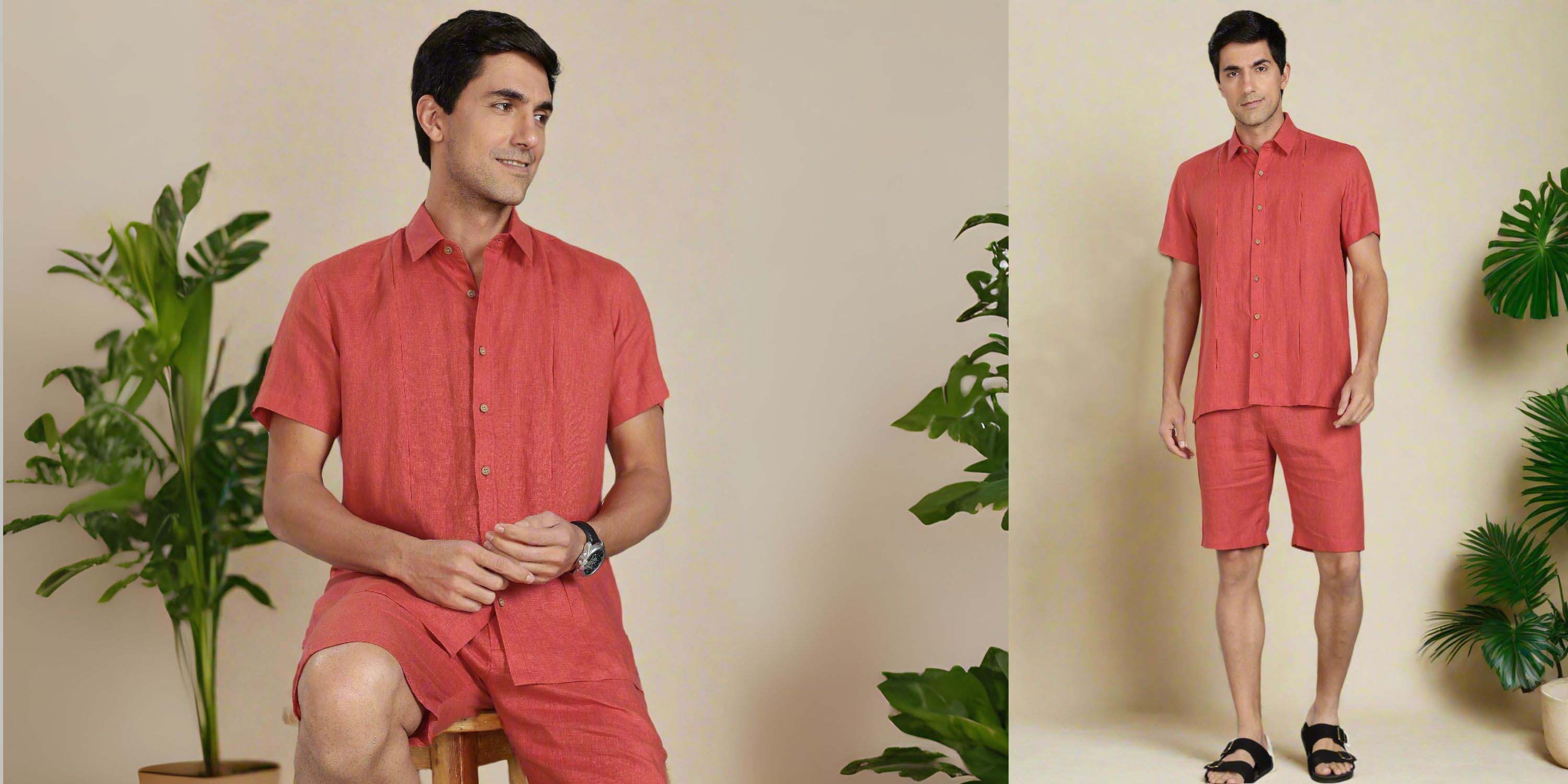A Guide to Ironing and Folding Linen
Linen is one of the oldest and most beloved fabrics in the world, and it continues to be so - known for its natural, breathable qualities and crisp texture, linen has become a strong member of the quiet luxury movement in the world of fashion.
However, despite its charm and durability, linen is not preferred by a lot of people, because it can be tricky to maintain. Most people tend to get daunted by the creases and wrinkles and they are not sure about how to iron and fold. While wrinkles are a natural characteristic of linen, with proper care, you can keep your linen clothing looking neat, fresh, and sophisticated.
At Linen Trail, we bring to you not only the finest quality linen clothing, but also information on how to maintain these clothes so that they keep looking great for a long time. In this blog, we bring you tips for ironing linen and folding them, allowing you to store them properly.
Why does linen wrinkle and is there a need to iron linen clothes?

Before we can even get into the process of ironing and folding linen, we need to spend some time understanding why linen wrinkles so easily.
Here’s why - linen is made from the fibers of the flax plant, which are stiff and don’t have much elasticity. This lack of stretch causes linen to crease naturally. While wrinkles tend to give linen its characteristic charm, deep creases can make it look messy if not cared for properly.
However, there are ways to manage and reduce the wrinkles in your linen, if you are willing to follow the right techniques for washing, ironing, and folding.
Washing and ironing linen clothes – the right way

If you want your linen to look good, you need to start with clean clothes and there is a right way to wash as well. Linen fibers soften with washing, but they can become deeply wrinkled if dried improperly. This is why, everything from the washing, to the drying and then eventually ironing linen needs to be done with a little bit of care.
- Linen, especially what you get at Linen Trail can be hand washed or machine washed – either way, use cold or lukewarm water and if you are machine washing, set your machine on a gentle cycle. Avoid harsh detergents that could lead to the breakdown of the fibers; instead choose mild or linen-specific detergents.
- Once the washing is done, you need to allow the linen clothing to air dry, but remove them before they are completely dry. It is always easier to iron linen clothes, while they are still damp, because the moisture helps release the wrinkles more effectively.
- Linen requires high heat to smooth out its natural creases, which is why you need to set your iron to either the linen setting or the highest setting available. If your iron has a steam function, then that is the best way to iron linen, because linen responds well to moisture. In case your iron doesn’t have a steam option, you can use a spray bottle filled with water to dampen the fabric as you go.
- Always iron linen on the reverse side to prevent any shine or damage to the fabric. Linen can become glossy if ironed directly on its surface with high heat. You can also place a cotton cloth or pressing cloth between the iron and the linen fabric, while ironing.
- In order to remove the creases and wrinkles, you need to apply firm and even pressure as you move the iron across the fabric – move in move in long, smooth strokes, while paying extra attention to the edges, hems and seams, as these areas can wrinkle the most.
- After you are done ironing, hang your linen clothes, allowing them cool. This helps prevent new wrinkles from forming and ensures that the fabric keeps its smooth appearance.
The ‘how to’ of folding and how to pack linen clothes sorted!

While washing and ironing linen clothes is one part, folding them and storing them away is just as important. Whether you're folding linen shirts, kurtas or trousers, proper folding techniques will help maintain its natural crispness and prevent deep creases.
- After ironing the linen clothes, lay them out flat on a clean surface and smooth out any remaining wrinkles with your hands before folding. If possible, fold the linen while it’s still slightly warm.
- Linen often has natural folds and creases from the manufacturing process and when you are folding, it is best to follow those natural folds
- Try to avoid creating sharp folds while ironing and folding, because these can result in deep creases over time. Instead, fold gently and loosely or even consider rolling them to minimize wrinkles. If you are looking for how to pack a linen shirt or linen pant for travel, this is a useful tip, because it can help keep clothes wrinkle free.
- Once folded, store your linen in a cool, dry place to prevent mildew and moisture buildup. Linen is a natural fiber that breathes well, but it can be prone to mold or yellowing. You can store linen clothing in cotton or linen storage bags, instead of plastic to offer them another layer of protection.
Going beyond just ironing linen
While we have shown you the ways of washing, ironing and folding linen, there are some other points you can keep in mind:
- Over drying linen can make the fibers stiff and prone to more wrinkling; if you’re using a dryer, remove linen clothes while they’re still slightly damp, then smooth them out and air-dry completely. Ironing is also easier when the fabric is still slightly damp.
- Don’t stock up too many linen clothes on the iron board at the same time as the weight of the bunched fabric can create new wrinkles, undoing your ironing work.
- Linen’s natural texture includes some level of wrinkling, and that’s part of its charm. While ironing and folding can reduce deep creases, don't feel the need to remove every wrinkle.
At Linen Trail, we invite you to embrace the relaxed, lived-in look of linen, which is part of what makes this fabric so special.









